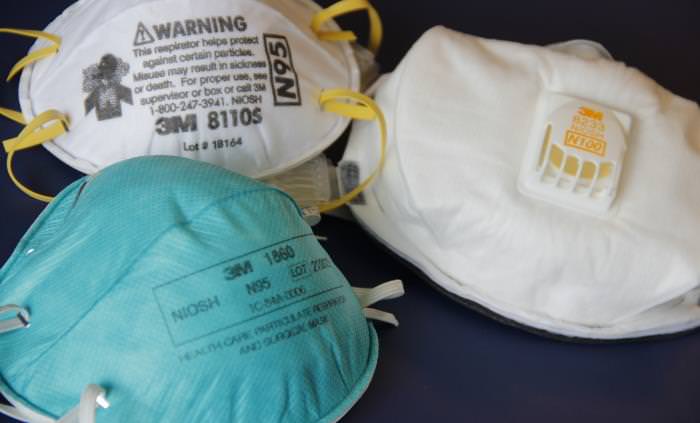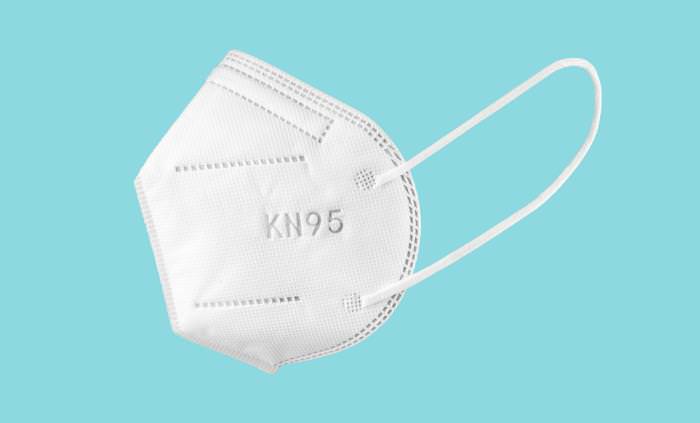
 N95 respirators manufactured by 3M to meet the U.S standard.
N95 respirators manufactured by 3M to meet the U.S standard. KF94 respirator, the South Korean standard.
KF94 respirator, the South Korean standard.
In October 2020, there was a mask shortage. The CDC then published guidelines for health workers, for how to make the most out of their face masks while avoiding pathogen risks. When there aren't mask shortages, health workers use a new mask daily. The guidelines are as follows:
This regimen allows 5 days for any pathogens that landed on the mask to die off. As for how long should you keep the mask in rotation, the CDC recommends 5 wears for every mask.
 KN95 respirator, the Chinese standard.
KN95 respirator, the Chinese standard. 
For many centuries, it was believed that stench and foul smells are what causes one to get sick. You can read all about how this belief changed here- The Great Stink of 1880. This logic is what led humanity to the infamous plague masks that look like beaks. These beaks were filled with incense and perfumed herbs, with the belief that as long as the doctor breathed nice smelling air, he would be protected from illness.
But as we all know, with the progression of microbe studies we learned that it takes more than a foul odor to make a person sick- it makes contact with a pathogen. And so in 1897 surgeons started wearing the first surgical mask. It was simply a handkerchief tied around the face, meant to prevent the doctor from sneezing or coughing micro droplets into the patient's open body.
 Source/Men wearing a cotton and gauze face mask on the street during the Spanish flu, 1918.
Source/Men wearing a cotton and gauze face mask on the street during the Spanish flu, 1918. In 1910, a plague spread in Northern China. The Chinese Imperial Court brought in a doctor named Lien-teh Wu, who performed an autopsy on one patient and concluded that this plague is airborne, and not transferred by fleas, as was presumed by all. He improvised a mask of gauze and cotton that quickly spread throughout medical and army personnel and became the symbol of the plague. When the Spanish flu burst in 1918, the public was quick to sport this mask.
At the beginning of the 1960s, a company called 3M (one of today's N95 manufacturers) was developing and experimenting with substances. They created a sturdy fiber that could be made into a non-woven fabric (like felt). They molded it to create many things, from ribbons that wouldn't tear to bra cups, and, eventually, a bubble shaped dust mask. Its shape was inspired by the bra cup. Can you see the resemblance in today's N95?
According to Fast Company, "The first single-use N95 “dust” respirator as we know it was developed by 3M, and approved on May 25, 1972." Two decades later, in 1992, Dr. Peter Tsai found that adding static charge to the filter would draw pathogens into the filter, thus ensuring its filtering. It took several more years until the mask earned its popularity, and today, it is declared the gold standard in the USA.